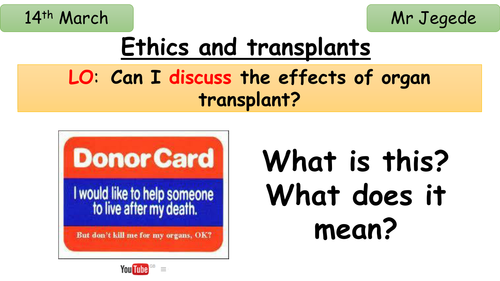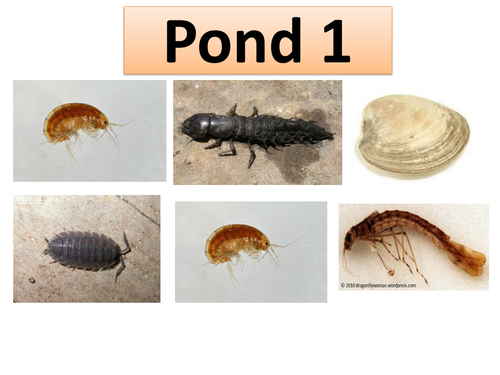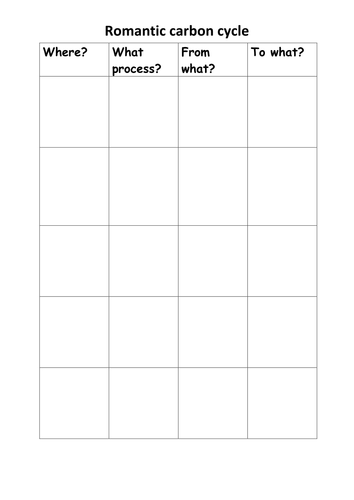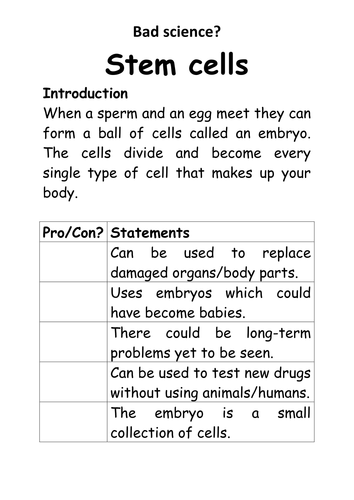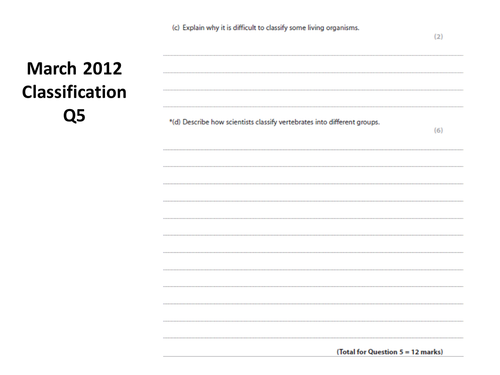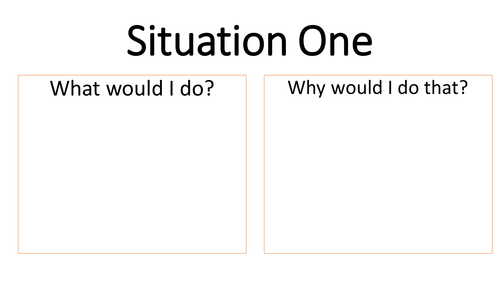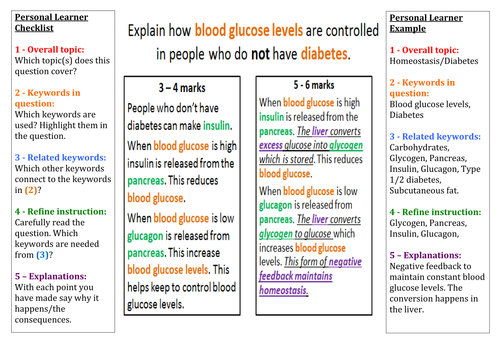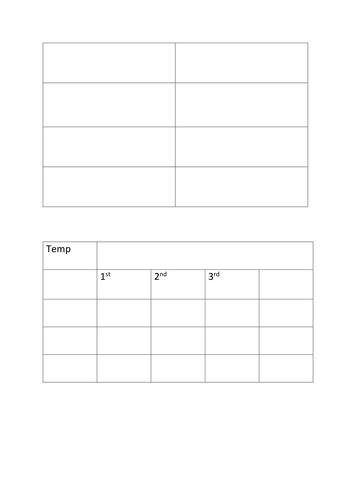243Uploads
110k+Views
55k+Downloads
Biology

Ethics and organ transplant
Pupils discuss why some people need transplants. Also you ma want to link in why people travel to different countries to get a transplant.

Pollution indicators
Main activity will be pupils identifying different organisms in six ponds and using their keys to find the cleanest drinking water.

B18.3 Air pollution
AQA GCSE Sciences (9-1)
Biology: B18 Biodiversity and ecosystems
Lesson 3: B18.3 Air pollution
Based on the Kerboodle Resources
The AQA Kerboodle worksheet are not included so as to be acting within the TES code of conduct.
Keywords: Acid rain
Bundle

B18 Biodiversity and ecosystems
Save £2 (33%)
Includes:
B18.1 The human population explosion
B18.2 Land and water pollution
B18.3 Air pollution
Please note: I had to remove the AQA worksheets so as to abide by TES’s code of conduct. Only my worksheets and PPT are included.

B18.2 Land and water pollution
AQA GCSE Sciences (9-1)
Biology: B18 Biodiversity and ecosystems
Lesson 2: B18.2 Land and water pollution
Based on the Kerboodle Resources
The AQA Kerboodle worksheet are not included so as to be acting within the TES code of conduct.
Keywords: Eutrophication, Indicator species

B18.1 The human population explosion
AQA GCSE Sciences (9-1)
Biology: B18 Biodiversity and ecosystems
Lesson 1: B18.1 The human population explosion
Based on the Kerboodle Resources
The AQA Kerboodle worksheet are not included so as to be acting within the TES code of conduct.
Keywords: Biodiversity
Bundle

B17 Organising an ecosystem
Save £2 (33%)
Includes:
B17.1 Feeding relationships
B17.2 Materials cycling
B17.3 The Carbon Cycle
Please note: I had to remove the AQA worksheets so as to abide by TES’s code of conduct. Only my worksheets and PPT are included.

B8.1 Photosynthesis
AQA GCSE Sciences (9-1)
Biology: B8 Photosynthesis
Lesson 1: B8.1 Photosynthesis
Based on the Kerboodle Resources
The AQA Kerboodle worksheet are not included so as to be acting within the TES code of conduct.
Keywords: Glucose, Endothermic reaction, Photosynthesis

B8.2 The rate of photosynthesis
AQA GCSE Sciences (9-1)
Biology: B8 Photosynthesis
Lesson 2: B8.2 The rate of photosynthesis
Based on the Kerboodle Resources
The AQA Kerboodle worksheet are not included so as to be acting within the TES code of conduct.
Keywords: Limiting factor, Denatured, Enzymes

B16.3 Distribution and abundance
AQA GCSE Sciences (9-1)
Biology: B16 Adaptation and competition
Lesson 3: B16.3 Distribution and abundance
Based on the Kerboodle Resources
The AQA Kerboodle worksheet are not included so as to be acting within the TES code of conduct.
Keywords: Sample size, Mean, Mode, Range, Quadrat

Morals, ethics and mirror neurons
Pupils compare and contrast ethics and morality, Describe instances where morality is observed in other organisms, Evaluate moral dilemmas by discussing personal opinions.
Video on fairness in monkeys and discussion of natural selection on teamwork.

Yr7 Body systems. Scheme of Work for Kerboodle Activate 1 (SoW)
Content
Lesson objective
Skills objective
Learning outcomes
Keywords
Numeracy
Practical
Homework
Misconceptions
Key questions to ask
Lesson plans:
Levels of organisation
Gas exchange (Practical)
Breathing
Measuring lung volume (Practical)
Skeleton (Practical)
Movement: joints (Practical)
Movement: muscles
Investigating muscle fatigue (Practical)
Chapter Summary

B11.1 Principles of hormonal control
AQA GCSE Sciences (9-1)
Biology: B11 Hormonal coordination
Lesson 1: B11.1 Principles of hormonal control
Based on the Kerboodle Resources
The AQA Kerboodle worksheet are not included so as to be acting within the TES code of conduct.
Keywords: Endocrine system, Hormones, Insulin, Adrenaline, ADH

Guide to answering 6 mark questions in science
The resource models the difference between 5 and 6 mark answer.

KS3 Science Complete Extended Writing Task (Yr7-8)
Best used just before or after finishing a topic - an ideal activity for deep marking.
Each slide contains a set of connective and also prompt ideas.
Topics included:
* Adaptation, Neutralisation, Particle theory, Detecting sound, Puberty, Drugs and health, Fossil fuels.
* Respiration, Rock cycle, Payback-time, Digestion, Diffusion, Acidification of forests, Pollination, Earth and space

B14.4 Genetic engineering
AQA GCSE Sciences (9-1)
Biology: B14 Variation and evolution
Lesson 4: B14.4 Genetic engineering
Based on the Kerboodle Resources
The AQA Kerboodle worksheet are not included so as to be acting within the TES code of conduct.
Keywords: Plasmid, Enzymes

Recording Data (Introduction lesson 4/4) "Graphs and Tables"
Designed to be the fourth lessons for Year 7s (4/4).
Learning outcomes:
(*) Describe the three different types of data.
(*) Calculate means.
(*) Draw a suitable graph for given measurements.
Students recap the three types of variables and then learn the three types of data (Continuous, Discrete and Categoric).
They are then shown how to fill in a results table (where the dependent and independent variables go).
They learn how to calculate means and how to plot this data onto a graph.
The steps in drawing a graph are laid out in a step by step method (designed to be down together with the whole class).
They are also informed on when to use line or bar charts.

